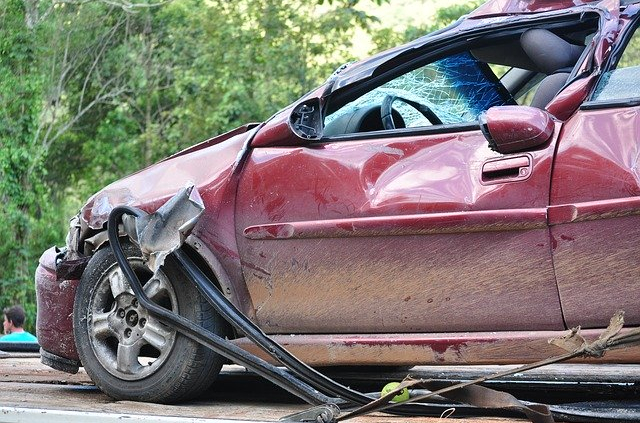 If you were recently involved in a motor-vehicle collision, your financial security may very well be in jeopardy. In addition to dealing with mounting medical bills and the cost of reasonably necessary replacement services, you may be facing weeks—or even months—of missed wages.
If you were recently involved in a motor-vehicle collision, your financial security may very well be in jeopardy. In addition to dealing with mounting medical bills and the cost of reasonably necessary replacement services, you may be facing weeks—or even months—of missed wages.
Thankfully, car accident victims are generally entitled to seek compensation for the damages they incur at the hands of others. In order to recover a payout, though, you’ll have to put together a strong claim that includes sufficient evidence of both liability and damages.
Naturally, the most valuable evidence will depend on the circumstances surrounding the wreck. Chances are, however, that it will likely include some combination of the following:
1. The Official Police Report
Responding officers will draft an official report detailing their impressions of the scene. If they suspect the other motorist was drunk, drowsy, or distracted, for example, they will note as much in the document. While this does not constitute irrefutable evidence of fault, it could contribute to the strength of your claim.
2. Eyewitness Deposition
Statements from passengers who were involved, motorists who were passing, and pedestrians who were in the vicinity at the time of the wreck can shed some light on what happened. If you were unable to obtain their contact information at the scene, your legal team may be able to get it from the responding officers.
3. Video Footage
According to sevafirm.com, footage from surveillance cameras in the area or dash cams on the surrounding vehicles could prove invaluable when it comes to determining fault. It’s important to request such footage as soon as possible, however, because the owners are under no obligation to retain it indefinitely.
In that same vein, accident reconstruction experts may be able to determine what happened by evaluating images of the wreckage. If you photographed the scene before leaving, give the images to your legal team, who will pass them on to their experts.
4. Toxicology Reports
Police most likely conducted chemical tests at the scene or shortly thereafter. If impairment contributed to the wreck, the results of these toxicology reports should help you prove liability.
If turns out drunk or drugged driving was to blame, you may be entitled to a punitive award in addition to the standard compensatory damages. In New York, personal injury claimants may seek punitive damages if the defendant’s conduct constituted wanton recklessness.
5. Medical Records
Even after gathering considerable evidence of liability, your claim is only half complete. In order to recover a payout, you’ll also have to prove that you incurred actual damages as a result of the accident. You may be able to do so using medical records, diagnostic images, and hospital bills.
To further bolster your case, save all relevant receipts and invoices for injury-related expenses like replacement services, property repairs, and home and vehicle modifications. You should also start a personal injury journal in which you track your recovery. These entries will help prove non-monetary losses like pain and suffering.
Call 516-280-4716 to Discuss Your Case with a Long Island Car Accident Attorney
If you were seriously hurt in a motor-vehicle collision through no fault of your own, contact PascaleLaw. Our law firm has earned a 10.0 rating from Avvo and an AV-Preeminent rating from Martindale-Hubbell. Call 516-280-4716 or fill out our Contact Form to schedule a free consultation with a car accident lawyer in Long Island.




Leave a Reply
Want to join the discussion?Feel free to contribute!